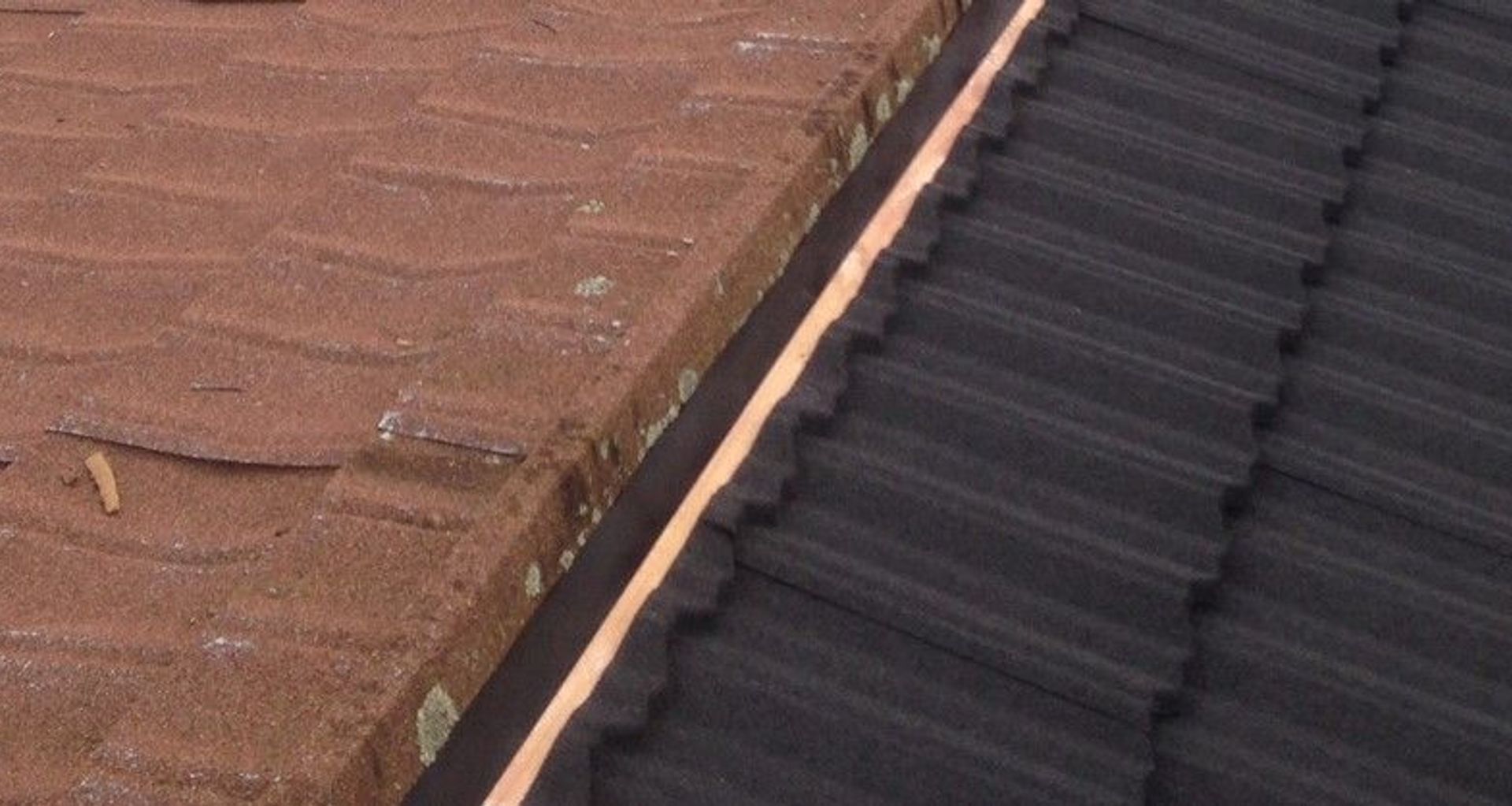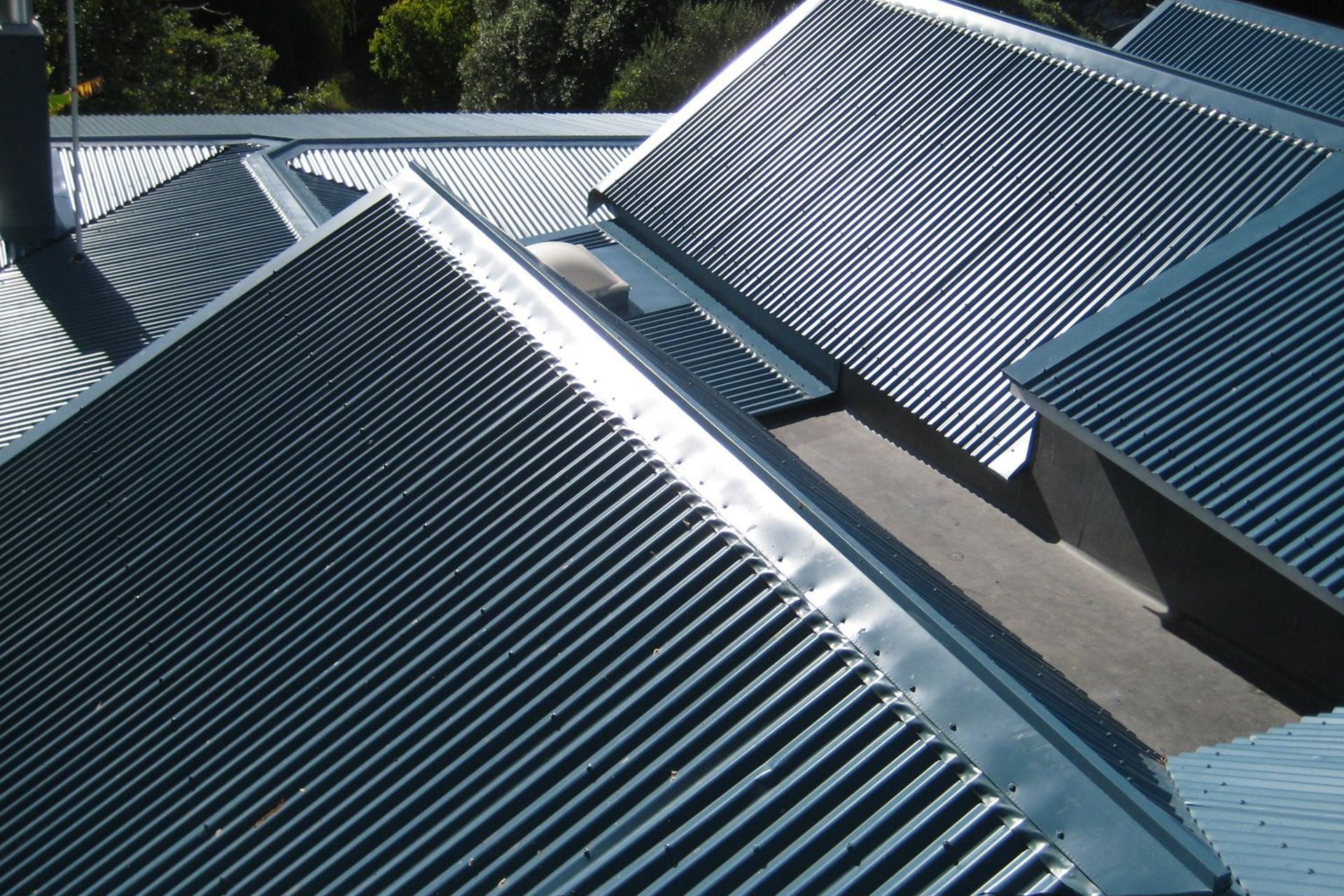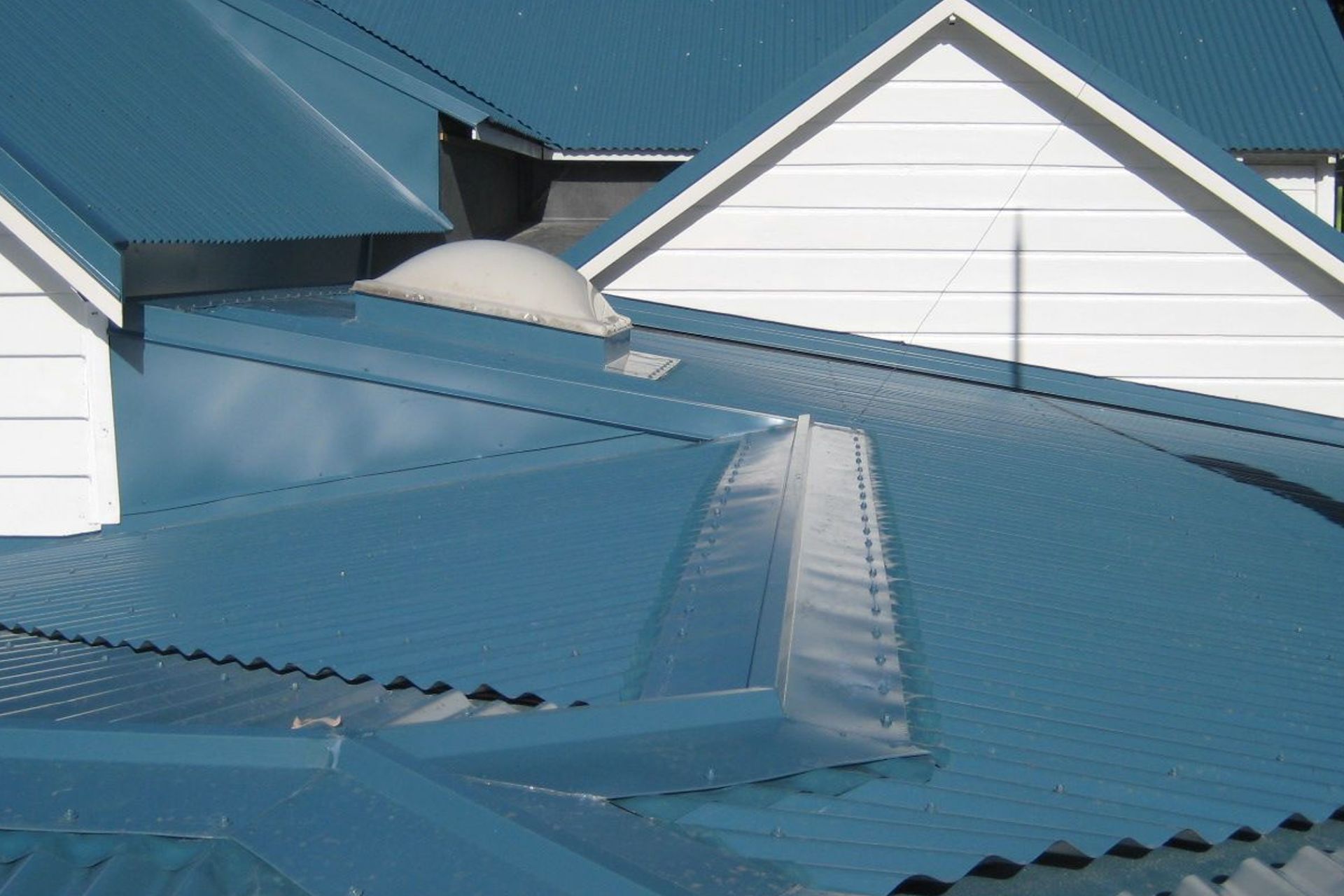Winter Roof Survival

We have some pretty wild weather here in New Zealand!
And there is a fairly high chance your roof bears the brunt of it. A leaking or damaged roof can be very difficult to fix during the winter months.
4 Key Signs your roof needs some TLC
1. Damaged Roofline
Check your roofline. If it sags, you may have a long-term leak or structural problem. While up there look for missing shingles, cracked tiles or dented long-run metal sheets, as any of these can result in serious leaks or damage. Changing temperature and proximity to the beach, coupled with high winds, mean roofs are notorious for higher than normal levels of wear and tear. This often means heavier duty products are required in some exposed coastal areas.
2. Interior Damage
If you have access up into your ceiling space, climb up after heavy rain and look for dark water stains on rafters and insulation. Other signs to look for are: stains, leaks, moisture on rafters and ceiling or wall damage inside your house.
3. Lichen and Moss
Check for lichen and moss regularly to avoid damage to the surface of your roof. In certain locatons, due to humidity or proximity to trees, shrubs or the beach, lichen and moss may grow on your roof. If left unchecked, this may damage the surface coating. Moss can grow on most roofs causing damage to paint or roof coatings. Moss roots can work their way into a roof, causing permanent damage. Lichen grows in damp, shaded areas causing rot and deterioration. To avoid this, trees and shrubs should be trimmed away from house eliminating damp and shady areas. Gutters should always be kept clear to ensure good drainage.
4. Flashing Deterioration
Quite a few apparent roof leaks roofers are called out too, are in fact flashing related. Good, tight flashings around chimneys, vents, skylight and wall/roof joins can prevent water entering a home or building and causing damage to walls, ceilings, insulation and electrical systems.

ANY IDEA HOW OLD YOUR OLD ROOF IS? Several factors combine to affect roof deterioration ......
These include level of sun exposure, temperatue or temperature extremes in the area, inadequate ventilation, foot traffic on the roof as well as exposure to wind, salt spray, snow, ice and rain.
22 QUESTIONS TO ASK BEFORE YOU RE-ROOF YOUR HOME
Re-Roof versus Repair
* Is a new roof the best option?
* Is the old roof beyond repair?
* What was the cause of the old roof's deterioration?
* How long has the old roof lasted?
* What is the expected life of the new roof?
Experience and Size of Prospective Roofing Company
* How long has the roofing company been in business and do they have the manpower to get the job done when we want it done?
* What training has the company's staff undertaken?
* What jobs have they done in the past? Is there good feedback and jobs I can see locally?
* Does the company guarantee their workmanship and will they come back if required?
Suitable Product Choice
* Does the roofing company have a wide range of products suitable for my environmental conditions?
* What warranty does the roofing supplier offer on the roofing products?
* Will the new roof meet all the building requirements and codes?
* What size flashings are needed under the New Zealand Building regulations?
* Will the new roof be screwed or nailed down?
Quote Conditions
* Does the quote include the removal of any rubbish from my site?
* Do I need to pay a deposit?
* What underlay do I require?
* Is the required scaffold for roof work, included in the quotation?
* What time frame does the quote allow for?
* Does the quote allow for new flashings, spouting and waterproofing if I require them?
* What thickness gauge is the iron and is this correct for more location?
* What coating finish has been allowed for?

Updating your roof will not only increase the lifespan of your home but can also give your home a modern look and significantly increase the saleability of your home.
